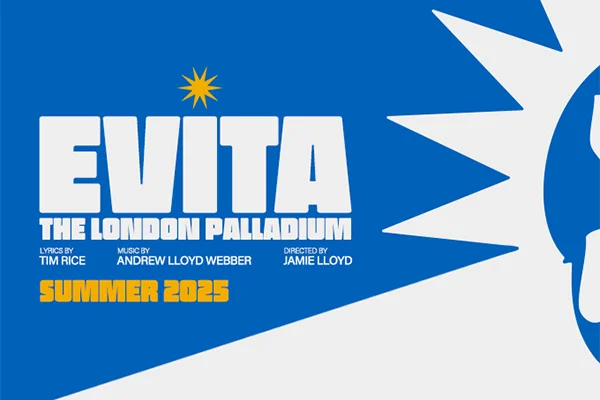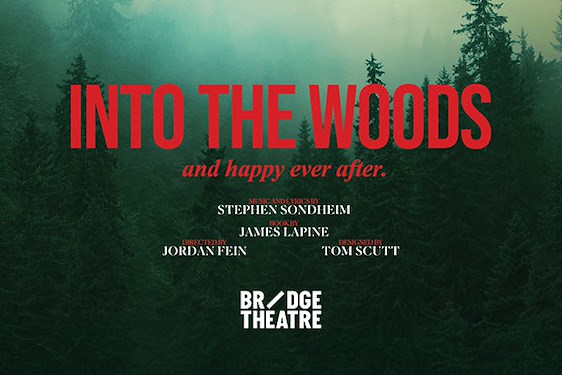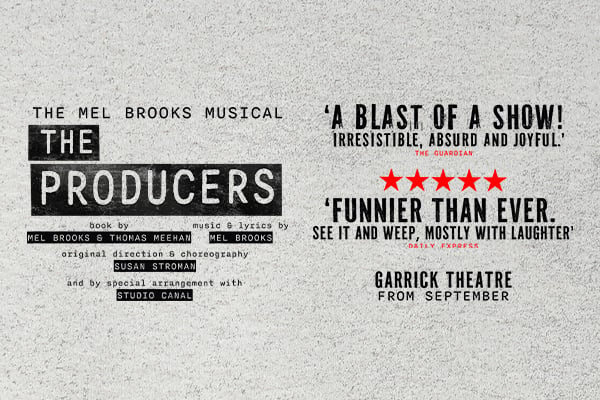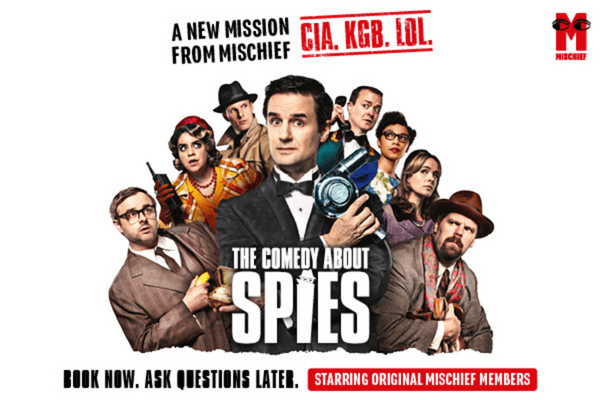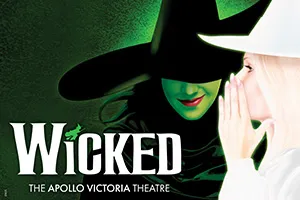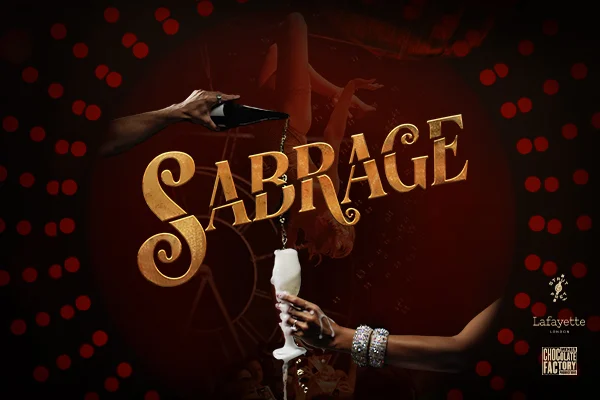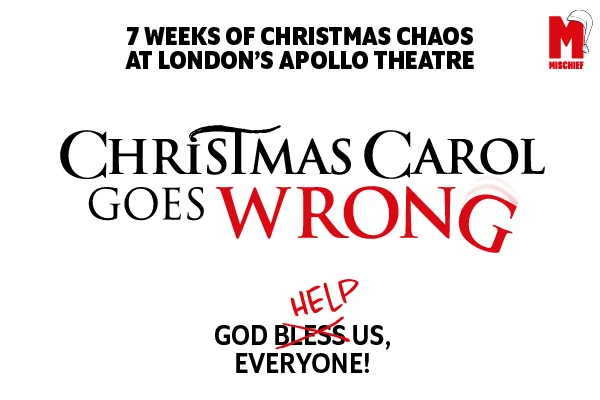Probably our best knowledge of Victorian farce comes from WS Gilbert’s topsy-turvy world of the Savoy operas, where an absurd premise leads with impeccable logic to an even more absurd conclusion.
The four short farces here, two by JM Morton, flesh out our knowledge of the genre, which turns out to be surprisingly resilient and varied, within the limitations of stock characters. We have pert and knowing servants, rakes and virtuous maidens, wronged wives and errant husbands. There is a satisfyingly large amount of cross-dressing, in both directions, and people are taken in by the most obvious ploys. In other words they offer a comic reflection of the world of serious Victorian melodrama, its overblown emotion and extravagant gesture – burlesque, in fact. These would have played as supports to sterner fare in the enormously long evenings in the theatre our great-grandparents favoured; or possibly as items on the bills of the newly respectable Music Halls.
Of the four, ‘Box and Cox’ is the most famous, because of Arthur Sullivan’s musical treatment of the story as ‘Cox and Box’. Two tenants, one working days and one nights, are let the same room by a scheming landlady in the hope that they won’t meet. When they do, further twists are provided by the fact that one is about to get married to a girl which the other was married to, but faked his own death in order to escape her clutches. Each tries to fob the girl off on the other, desperately deferring to hopefully prior claims. Beneath the comedy there is an evocation of a rather sad world of lonely single men cooking their solitary bit of bacon in shabby lodgings while perpetually grinding at humdrum lower-middle-class jobs. No doubt the audience would have recognised itself.
By far the most interesting, however, is ‘A Most Unwarrantable Intrusion’, in which a young man is rescued from suicide in a pond, and invades his older rescuer’s house with increasingly sinister consequences. As the intruder demolishes the old gentleman’s piece of mind with a sledgehammer, we slowly move into a much darker place of power games and incipient madness. And there is a final surreal twist when the characters round on the author and berate him for not providing a decent punch line. Shades of Pirandello, or even Monty Python.
It is lovely to see these little pieces performed in a contemporary setting for them. Wilton’s is an authentic Music Hall of the 1850s just crying out for proper restoration. The European Arts Company is a small-scale touring company who create their authentic sets with a versatile range of damask and velvet screens. There’s also very good attention to detail in the period costumes. Of the performers, John O’Connor bears more than a passing resemblance to Peter Bowles, and Asta Parry is pleasing, but no more, as the solo female. Mostly her parts are not particularly rewarding, though she does get to impersonate both a cod French Countess and her male lover in “Duel in the Dark”. Only Richard Latham really delivers an authentically eccentric performance with impeccable throwaway timing.
The main problem here is with the texts themselves, which (whisper it only) are not that funny. There are splendidly awful contrived Victorian puns, and good situations, but line for line the laughs are few and far between, needing a lot of visual and physical laughs imposed on the script to supplement it. “A Most Unwarrantable Intrusion” has these, but elsewhere the production is a tad too straight-laced to deliver what was always going to be a slightly apologetic rescue job. After all, when works are neglected, there’s often a very good reason for neglect.






